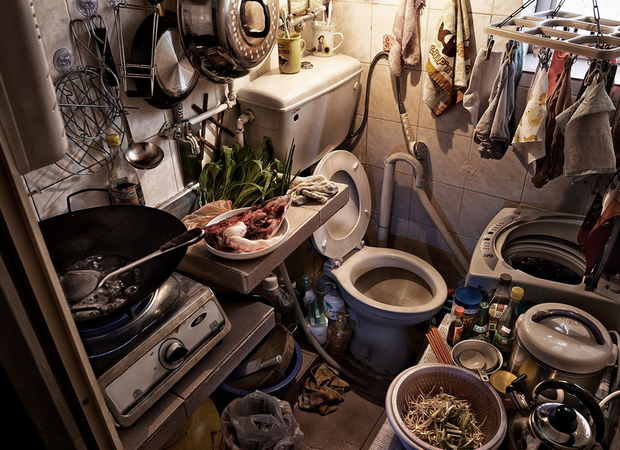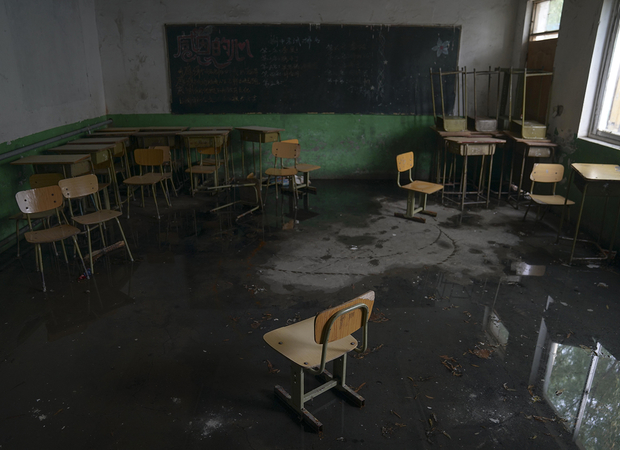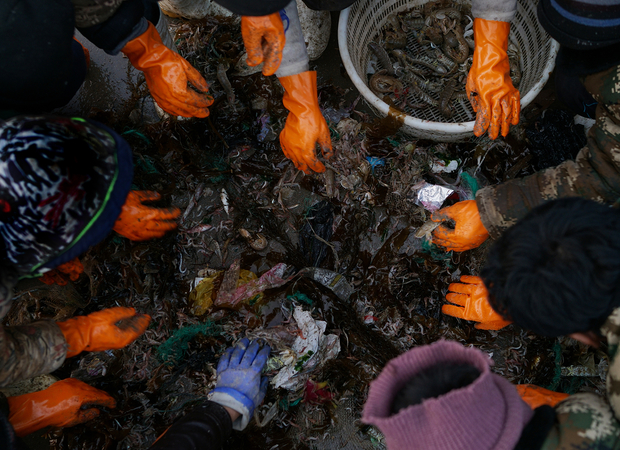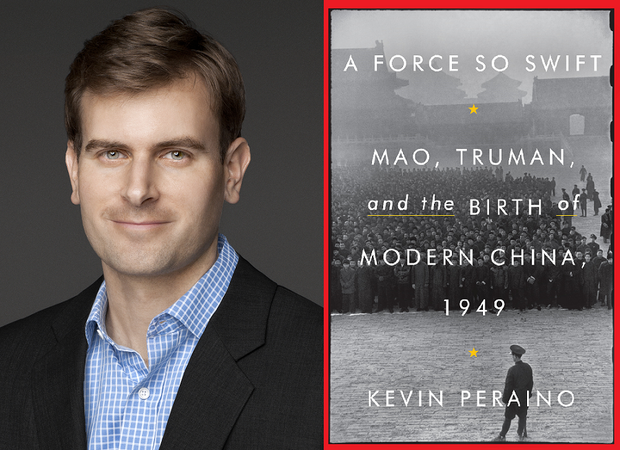Daniel Russel joined the Asia Society Policy Institute as Diplomat in Residence and Senior Fellow in April 2017. A career member of the Senior Foreign Service at the U.S. Department of State, he most recently served as the Assistant Secretary of State for East Asian and Pacific Affairs. Prior to his appointment as Assistant Secretary on July 12, 2013, Russel served at the White House as Special Assistant to the President and National Security Council (NSC) Senior Director for Asian Affairs. During his tenure there, he helped formulate President Obama’s strategic rebalance to the Asia Pacific region, including efforts to strengthen alliances, deepen U.S. engagement with multilateral organizations, and expand cooperation with emerging powers in the region.
Prior to joining the NSC in January 2009, he served as Director of the Office of Japanese Affairs and had assignments as U.S. Consul General in Osaka-Kobe, Japan (2005-2008); Deputy Chief of Mission at the U.S. Embassy in The Hague, Netherlands (2002-2005); Deputy Chief of Mission at the U.S. Embassy in Nicosia, Cyprus (1999-2002); Chief of Staff to the Under Secretary of State for Political Affairs, Ambassador Thomas R. Pickering (1997-1999); Special Assistant to the Under Secretary of State for Political Affairs (1995-1996); Political Section Unit Chief at the U.S. Embassy in Seoul, Republic of Korea (1992-1995); Political Advisor to the Permanent Representative to the U.S. Mission to the United Nations, Ambassador Pickering (1989-1992); Vice Consul in Osaka and Branch Office Manager in Nagoya, Japan (1987-1989); and Assistant to the Ambassador to Japan, former Senate Majority Leader Mike Mansfield (1985-1987).
In 1996, Russel was awarded the State Department’s Una Chapman Cox Fellowship sabbatical and authored America’s Place in the World (Georgetown). Before joining the Foreign Service, he was manager for an international firm in New York City.
Russel was educated at Sarah Lawrence College and University College, University of London, U.K.








